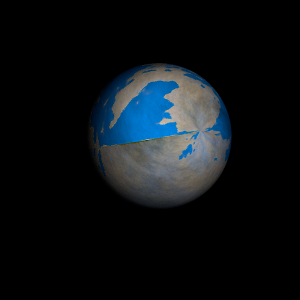|
|
Space Astro
|
Info for exoplanet "Kobyu Obyo"
| Scientific (actual) data |
|---|
| Name | Kepler-1694 b |
| Planet status | Confirmed |
| Radius | 0.105 |
| Orbital period | 3.89526 |
| Semi major axis | 0.0426 |
| Inclination | 89.38 |
| Discovered | 2020 |
| Updated | 2021-02-05 |
| Tzero tr | 2454960 |
| Impact parameter | 0.2011 |
| Temperature (kelvin) | 841 |
| Publication | Announced on a website |
| Detection type | Primary Transit |
| Alternate names | 2MASS J19351045+4014273 b, K02878.01, KIC 5106313 b, KOI-2878 b, KOI-2878.01, WISE J193510.46+401427.5 b |
| Star name | Kepler-1694 |
| Right ascension | 293.79° |
| Declination | 40.24° |
| Mag i | 14.448 |
| Mag j | 13.288 |
| Mag h | 12.801 |
| Mag k | 12.712 |
| Star distance | 521 |
| Star metallicity | -0.58 |
| Star mass | 0.675 |
| Star radius | 0.72 |
| Star temperature | 4958 |
| Star alternate names | 5106313, 2MASS J19351045+4014273, KIC 5106313, KOI-2878, WISE J193510.46+401427.5 |
| Wikipedia article | Kepler-1694 b |
Back
| |
| Fictional info (?) |
|---|
| Suggested name | Kobyu Obyo |
| Planet type | Hot planet |
| A prominent result is the "great blue spot", a giant storm that is known to have existed for centuries since it was first detected by scanner. |
| Atmosphere | Carbon monoxide | 66% |
| Xenon | 30% |
| 2H2O | 3.5% |
| Nitric oxide | 0.52% |
| Ethane | 0.036% |
| Ozone | 0.0032% |
| Nitrogen | 4.4E-5% |
| Atmospheric pressure | 0.007 bar |
 |
| No known satellites |
| Google search for Kobyu obyo |
|
Website by Joachim Michaelis
|
|
|
|